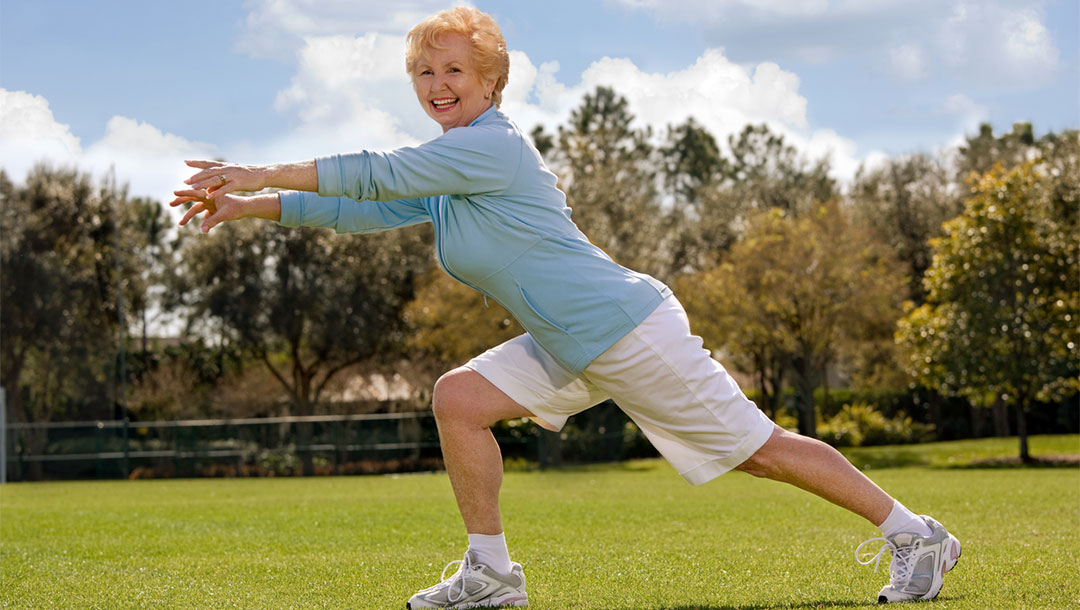Dark, twisted or bulging varicose or spider veins on the legs can look unsightly, cause pain and even signal a serious health condition. Unfortunately, they’re also very common. As many as 55 percent of women and 45 percent of men in the U.S. have a vein problem, and half of all Americans 50 and older have varicose veins.
Spider veins look like tiny red or blue webs or tree branches close to the surface of the skin. Varicose veins look like bulging or twisted ropes and often are deeper under the surface of the skin. When the one-way valves that pump blood from the legs back to the heart become weak, blood pools in the legs. This causes the veins to swell, making them appear darker and more visible under the skin. Varicose and spider veins can be caused by:
- Aging
- Being overweight or obese
- Being pregnant
- Going through menopause
- Having a family history of vein problems
- Standing or sitting for long periods
- Using birth control pills
Varicose and spider veins will not go away on their own, and they tend to get worse over time. If left untreated, they can lead to skin discoloration, toughening of the skin or painful sores that refuse to heal. If you’re tired of dealing with unsightly or painful dark swollen veins in the legs, ask a vascular surgeon if one of these four minimally invasive treatment options can help you.
4 options for varicose and spider vein treatment
Before treatment begins, we may recommend that you have a duplex ultrasound to rule out serious vein problems, such as a deep-vein thrombosis (a type of blood clot). This test uses two forms of ultrasound to let us see whether blood is flowing normally through the veins.
Based on those results, your doctor may recommend one of these four minimally invasive treatments or a combination of therapies to reduce the appearance of your varicose veins and any painful symptoms.
1. Compression therapy
Compression therapy involves the use of special garments that put pressure on varicose veins to reduce swelling and prevent blood from collecting in the legs.
- Compression hose apply a little pressure all over the leg
- Over-the-counter compression hose provide support and compression, and they are available in pharmacies and medical supply stores
- Prescription-strength hose apply the most pressure, and you’ll need to be fitted for them by a trained professional
2. Sclerotherapy
Sclerotherapy involves injecting chemicals into affected veins to seal them and prevent blood from flowing through them. Over time, and with multiple treatments, the varicose and spider veins turn to scar tissue and fade away as the body redirects blood flow to healthier veins. You may need to wear compression stockings or elastic bandages between treatments to help your legs heal and to reduce swelling.
3. Radiofrequency ablation
Radiofrequency ablation involves inserting a thin, flexible tube called a catheter into the non-working vein. At the end of the catheter is a heating element that heats up and seals off the vein from the inside.
We can do this procedure with just a local anesthetic in the office, and you will go home the same day. The vein treated with radiofrequency ablation will become scar tissue and fade as healthy veins take over the leg’s normal blood flow.
4. Lifestyle changes
Adjusting your normal routine can keep varicose and spider veins from getting worse, ease your symptoms and lower your risk of developing new vein problems. I often recommend that patients:
- Exercise regularly, and focus on exercises that improve your leg strength, such as walking, jogging or running
- If you have to sit for long periods of time, prop your legs up and take short walks frequently to keep blood flowing in your legs
- Achieve and maintain a healthy weight to reduce strain on your legs
You don’t have to live with unsightly, painful varicose and spider veins. Talk to an experienced, qualified vascular surgeon to choose the best treatment option for your unique condition.

